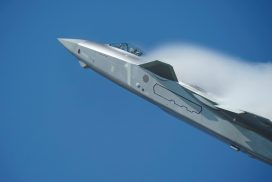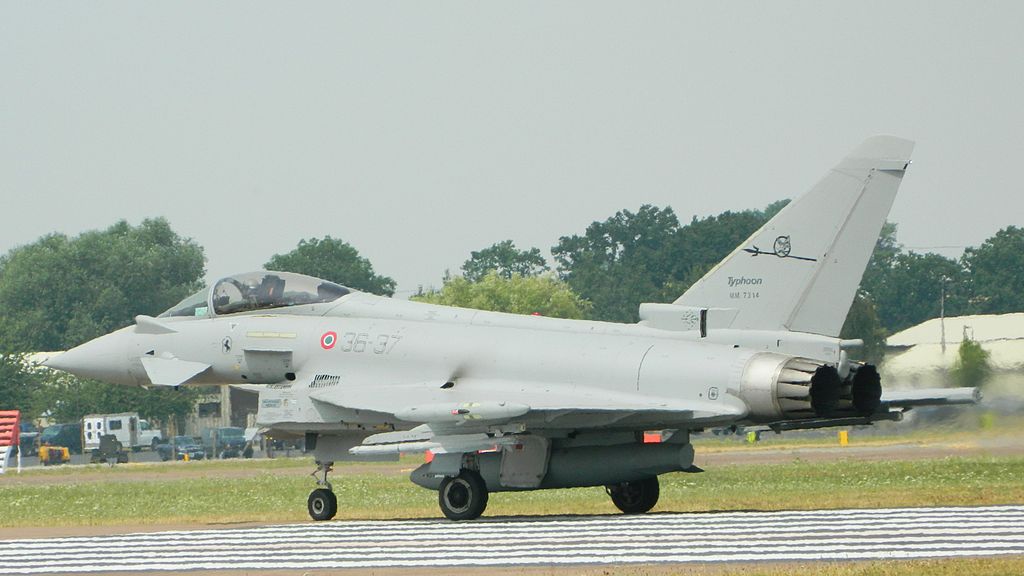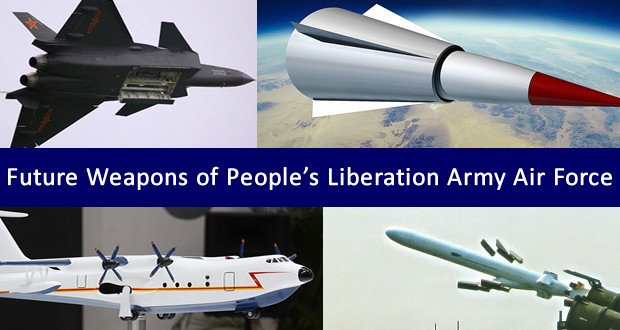WASHINGTON — The United States should consider slashing the number of Lockheed Martin Corp. F-35 fighter aircraft it plans to buy, largely because it does not have the reach needed to fight well in Asia, a leading military research group said in a report Wednesday.br /The private Center for Strategic and Budgetary Assessments voiced fears the F-35, the Pentagon’s costliest arms acquisition ever, might crowd out what it called needed investments in longer-range strike capabilities.br /”China in particular has the strategic depth to locate key facilities beyond the reach of short-range systems,” said the study titled U.S. Fighter Modernization Plans: Near-term Choices.Currently, the radar-evading F-35 Joint Strike Fighter, or JSF, is at the heart of plans for modernizing U.S. air power. At US$299-billion for 2,443 aircraft to be produced through 2034, it is designed to replace the F-16 and a range of other aircraft.br /Acquiring so many F-35s “now seems neither affordable nor needed, and the U.S. buy can probably be reduced by as much as 50% without driving unit costs through the roof or abandoning close allies,” the study said.br /Eight countries – Britain, Italy, the Netherlands, Turkey, Canada, Australia, Denmark and Norway – have joined the United States to fund development of the F-35.br /The chief reason to consider cuts is the short range of all three models being built – conventional for the Air Force; a short take-off, vertical landing one for the Marine Corps; and a carrier-borne version for the Navy’s aircraft carriers, the study’s authors said.br /Even with the addition of external fuel tanks and radar- evading standoff munitions, the F-35’s unrefueled reach is unlikely to extend beyond 1,500 nautical miles, the study said.br /U.S. strike aircraft setting out from Kadena Air Force Base on Japan’s Okinawa Island would have to fly some 1,600 nautical miles to reach Jiuquan, site of China’s first spaceport, on the southern edge of the Gobi Desert. All but 200 miles of this distance would be through Chinese air space, the study said.br /Responding to Beijing’s Jan. 11 demonstration of an antisatellite weapon, Pentagon officials have voiced concerns about the vulnerability of U.S. eyes and ears in space. “What Jiuquan does illustrate is just how deep inside China some of the targets are located that the United States might wish to hold at risk for purposes of dissuasion and deterrence,” the study said.br /The report was written by Steve Kosiak, a defense budget expert, and Barry Watts, the Pentagon’s director of program analysis and evaluation from May 2001 to June 2002.br /They said there was “reason to worry that the JSF’s funding requirements will crowd out future investment in long-range strike capabilities,” given scare Air Force procurement dollars.br /The authors did not make specific proposals for restructuring the F-35 program. Instead, they hoped to spark debate over the aircraft, which flew for the first time in December and is due to be delivered to U.S. forces starting in 2010.br /Cheryl Limrick, a spokeswoman for the Pentagon’s F-35 program office, said it would be inappropriate to comment on the report. A Lockheed Martin F-35 spokesman did not immediately return a telephone call seeking comment.br /Key F-35 subcontractors include Northrop Grumman Corp. and BAE Systems Plc. Interchangeable engines are being built by United Technologies Corp.’s Pratt Whitney unit, on the one hand, and a team of General Electric Co. and Britain’s Rolls-Royce Plc , on the other.
Menu
Copyright © 2007- 2025 • Defence Aviation • All Rights Reserved. Reproduction without explicit permission is prohibited.



